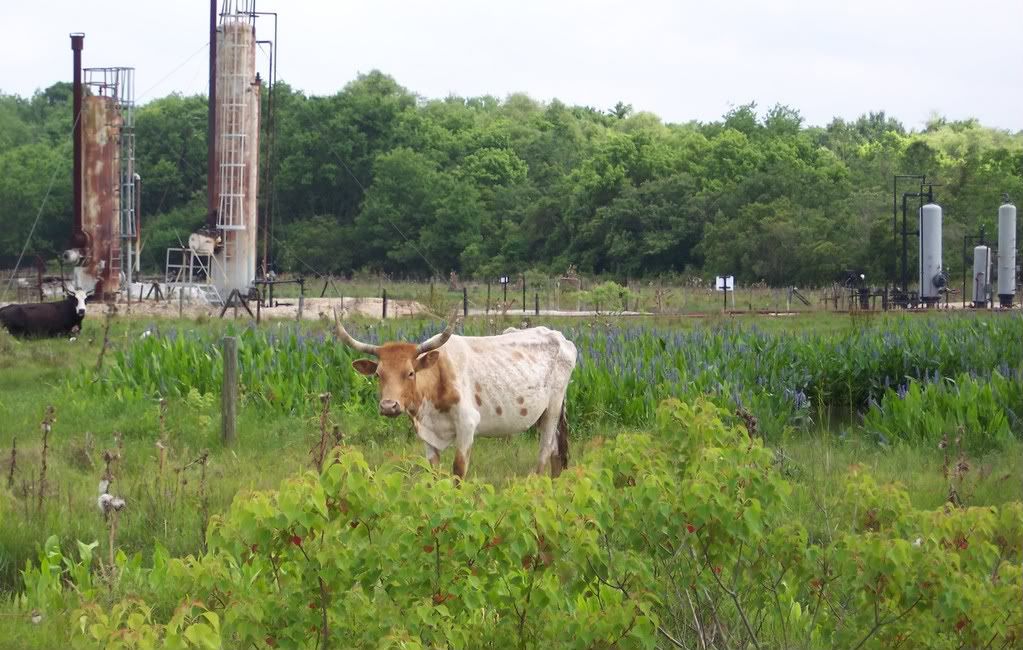
A baby Kemp's ridley sea turtle, an endangered species, receives care from veterinary technicians after being rescued from oil from the Deepwater Horizon oil spill. The turtles are cleaned and rehabilitated at the Audubon Center for the Research of Endangered Species in New Orleans.
JANET McCONNAUGHEYAssociated Press Writer
FORT JACKSON — The smallest victims are the biggest challenge for crews rescuing birds fouled with oil from the Gulf of Mexico spill.
There's no way to know how many chicks have been killed by the oil, or starved because their parents were rescued or died struggling in a slick.
"There are plenty of oiled babies out there," said Rebecca Dmytryk of the International Bird Rescue Research Center, one of the groups working to clean oiled animals.
The lucky ones end up in a cleaning center at Fort Jackson, a pre-Civil War historic site on the Mississippi River delta south of New Orleans.
Pelican chicks often come in cold because oil has matted down the fluffy down that's meant to keep them warm. They must be warmed quickly just to survive long enough to be cleaned. And the youngest must be taught to eat.
"They only know their parents regurgitating food into their mouths. They don't know how to pick stuff up," said Dmytryk, whose organization is working with Tri-State Bird Rescue, a company hired by BP to coordinate animal rescue and cleaning in Louisiana, Mississippi, Alabama and Florida.
That means tube feeding three times a day. Others, a bit older and accustomed to taking fish from a parent's throat, must be hand-fed until they can eat fish from a bowl.
Adults can be checked a few times a day, but babies needed two staffers' full-time attention to be sure they are eating and are warm.
Many adults and juvenile pelicans get coated with heavy oil diving for fish. That doesn't happen with the chicks, though they may wade into oily puddles or get smeared by oil from their parents' feathers.
In general, rescuers don't go into nesting colonies, said Mike Carloss, a Louisiana Department of Wildlife and Fisheries biologist. He said most rescued chicks were near shorelines or were on nests so low that oil washed onto them.
READ COMPLETE STORYY
"There are plenty of oiled babies out there," said Rebecca Dmytryk of the International Bird Rescue Research Center, one of the groups working to clean oiled animals.
The lucky ones end up in a cleaning center at Fort Jackson, a pre-Civil War historic site on the Mississippi River delta south of New Orleans.
Pelican chicks often come in cold because oil has matted down the fluffy down that's meant to keep them warm. They must be warmed quickly just to survive long enough to be cleaned. And the youngest must be taught to eat.
"They only know their parents regurgitating food into their mouths. They don't know how to pick stuff up," said Dmytryk, whose organization is working with Tri-State Bird Rescue, a company hired by BP to coordinate animal rescue and cleaning in Louisiana, Mississippi, Alabama and Florida.
That means tube feeding three times a day. Others, a bit older and accustomed to taking fish from a parent's throat, must be hand-fed until they can eat fish from a bowl.
Adults can be checked a few times a day, but babies needed two staffers' full-time attention to be sure they are eating and are warm.
Many adults and juvenile pelicans get coated with heavy oil diving for fish. That doesn't happen with the chicks, though they may wade into oily puddles or get smeared by oil from their parents' feathers.
In general, rescuers don't go into nesting colonies, said Mike Carloss, a Louisiana Department of Wildlife and Fisheries biologist. He said most rescued chicks were near shorelines or were on nests so low that oil washed onto them.
READ COMPLETE STORYY

No comments:
Post a Comment